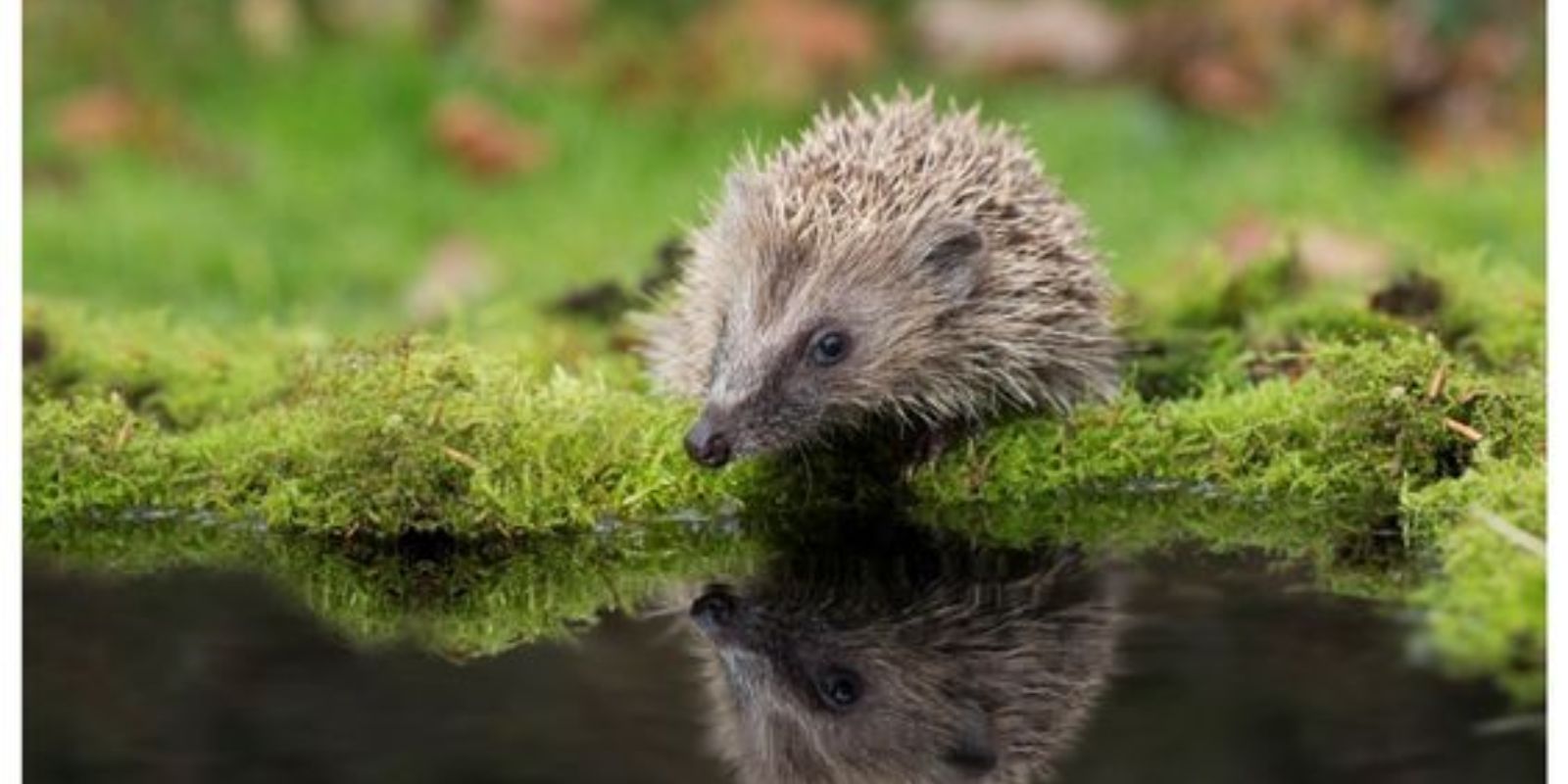Hedgehogs are charming, beneficial visitors to any garden, playing a crucial role in controlling garden pests such as insects and slugs. However, their presence also brings a responsibility to ensure their safety and well-being. Hedgehogs are currently facing challenges due to habitat loss, pollution, and other factors, making it even more important for gardeners to provide a supportive environment. This article will guide you on how to care for visiting hedgehogs, ensuring they thrive while benefiting your garden.
Introduction
Hedgehogs are nocturnal creatures with a distinctive appearance and a gentle demeanor. They are natural pest controllers, feeding on a variety of insects, worms, and slugs that might otherwise damage your plants. As they become increasingly rare, providing proper care for hedgehogs in your garden can help support their populations. Understanding their dietary needs, avoiding harmful substances, and creating a safe environment are key to helping these delightful animals thrive.
1. Provide Food
Offering the Right Diet
If you encounter a hedgehog in your garden, providing appropriate food is essential. Here’s what you need to know:
- Raw, Unsalted Meat: Hedgehogs appreciate raw, unsalted meat or ground meat. This type of food mimics their natural diet and provides essential nutrients.
- Cat Food: High-quality cat food is also suitable for hedgehogs. Choose varieties without fish, as some hedgehogs have a preference for meat-based diets and can develop issues from fish-flavored food.
- Avoid Processed Foods: Steer clear of processed foods, sugary snacks, or anything that could upset their digestive system.
Feeding Tips
- Portion Size: Offer a small amount of food each night. Hedgehogs have small stomachs, and overfeeding can lead to waste and potential health issues.
- Feeding Station: Set up a designated feeding area with a shallow dish. This makes it easier for hedgehogs to access food and water without disturbance.
2. Offer Water
Providing Fresh Water
Always ensure that hedgehogs have access to fresh water. Hydration is crucial for their overall health.
- Clean Water Supply: Place a shallow, clean bowl of water near the feeding station. Ensure the water is changed regularly to prevent contamination.
- Avoid Milk: While it might seem like a treat, milk is harmful to hedgehogs. It can cause severe digestive problems and dehydration, which can be fatal.
Water Maintenance
- Check Daily: Regularly check the water bowl to ensure it hasn’t been contaminated or spilled.
- Provide Shelter: Consider placing the water bowl under a small shelter or cover to keep it clean and free from debris.
3. Avoid Milk
Understanding the Risks
Hedgehogs are lactose intolerant, which means milk can cause serious health issues.
- Digestive Problems: Milk can lead to stomach upset, diarrhea, and dehydration. Since hedgehogs can’t process lactose effectively, it’s crucial to avoid giving them milk.
- Death Risk: In severe cases, milk-induced dehydration can be fatal. Always avoid offering milk and educate others about the risks.
Educating and Preventing
- Inform Others: Make sure family members and visitors to your garden are aware of the risks associated with milk.
- Signage: Consider placing a small sign near the feeding station with information about what not to provide.
4. Avoid Insecticides and Traps
Protecting Hedgehogs from Harm
Hedgehogs play a vital role in controlling garden pests naturally. However, harmful substances can pose risks to their health.
- Insecticides: Avoid using chemical insecticides, as these can poison hedgehogs when they consume contaminated insects. Opt for natural pest control methods instead.
- Traps and Baits: Do not use traps or baits that could inadvertently harm or capture hedgehogs. Instead, use humane methods to manage pests.
Creating a Safe Garden
- Wildlife-Friendly Practices: Incorporate wildlife-friendly practices in your gardening routine. For example, use organic fertilizers and create habitats for beneficial insects.
- Regular Checks: Regularly inspect your garden for any hazards that could harm visiting hedgehogs.
5. Creating a Safe Environment
Providing Shelter
Creating a safe and welcoming environment for hedgehogs involves more than just food and water.
- Hedgehog Houses: Consider providing a hedgehog house or shelter. These can be purchased or built and provide a safe space for hedgehogs to rest and hibernate.
- Garden Features: Maintain a garden with natural features such as log piles, leaf piles, and dense vegetation, which offer additional shelter and food sources.
Safe Gardening Practices
- Avoiding Harmful Chemicals: Use natural or organic alternatives to chemicals that might harm hedgehogs.
- Garden Design: Design your garden with hedgehogs in mind. Avoid creating barriers or obstacles that might trap or harm them.
Conclusion
Caring for visiting hedgehogs is a rewarding endeavor that supports the health of both your garden and the local wildlife. By providing appropriate food, ensuring access to fresh water, avoiding milk, and eliminating harmful substances, you create a safe haven for these beneficial creatures. Creating a welcoming environment with shelter and safe gardening practices further enhances their well-being.
Let’s work together to protect and support hedgehogs in our gardens. Share your experiences or ask questions below—let’s foster a community of gardeners dedicated to wildlife conservation! 🦔❤️🌿

